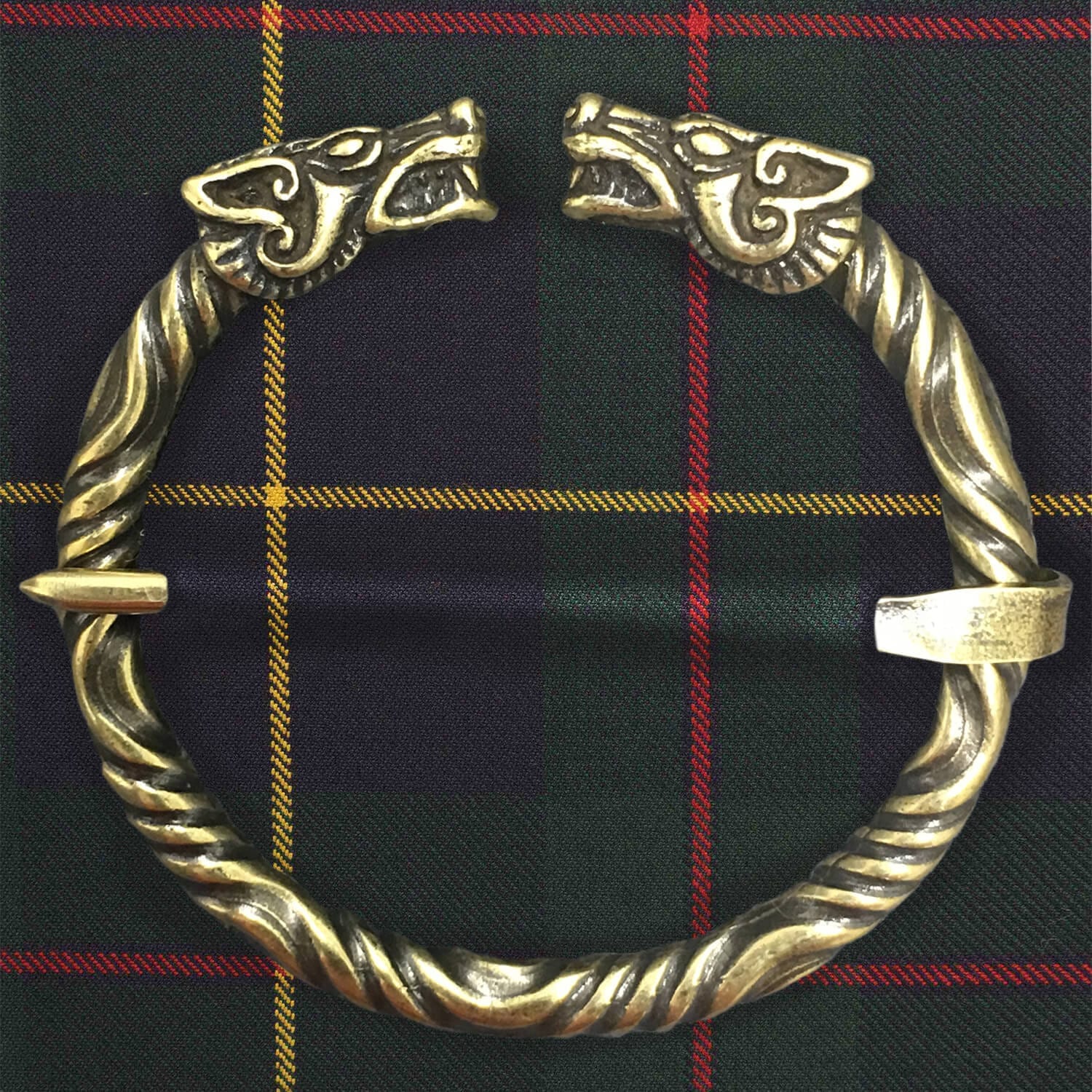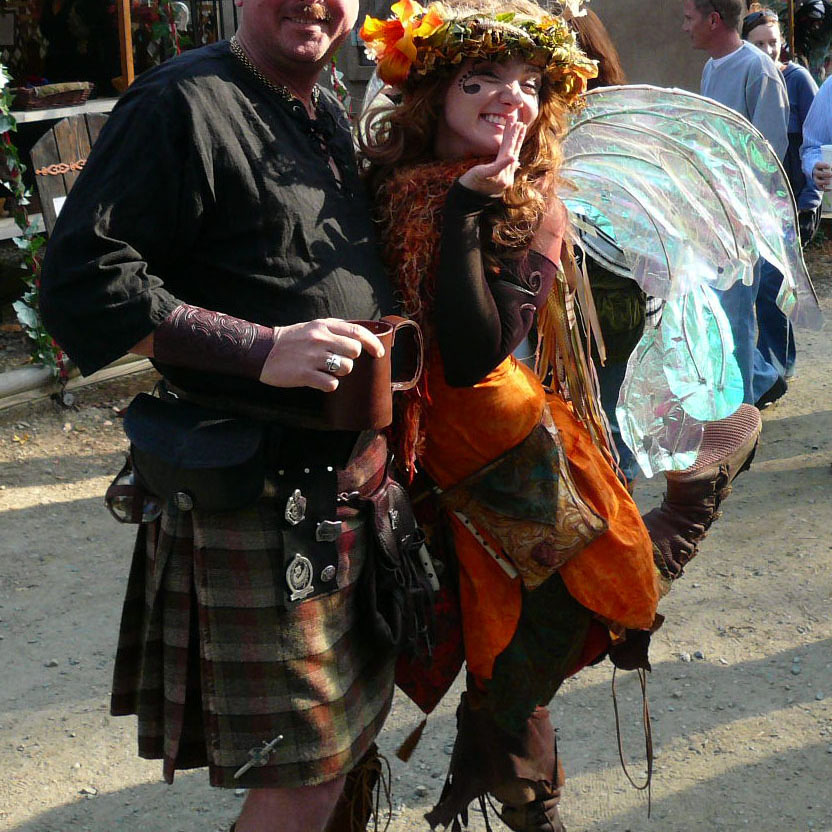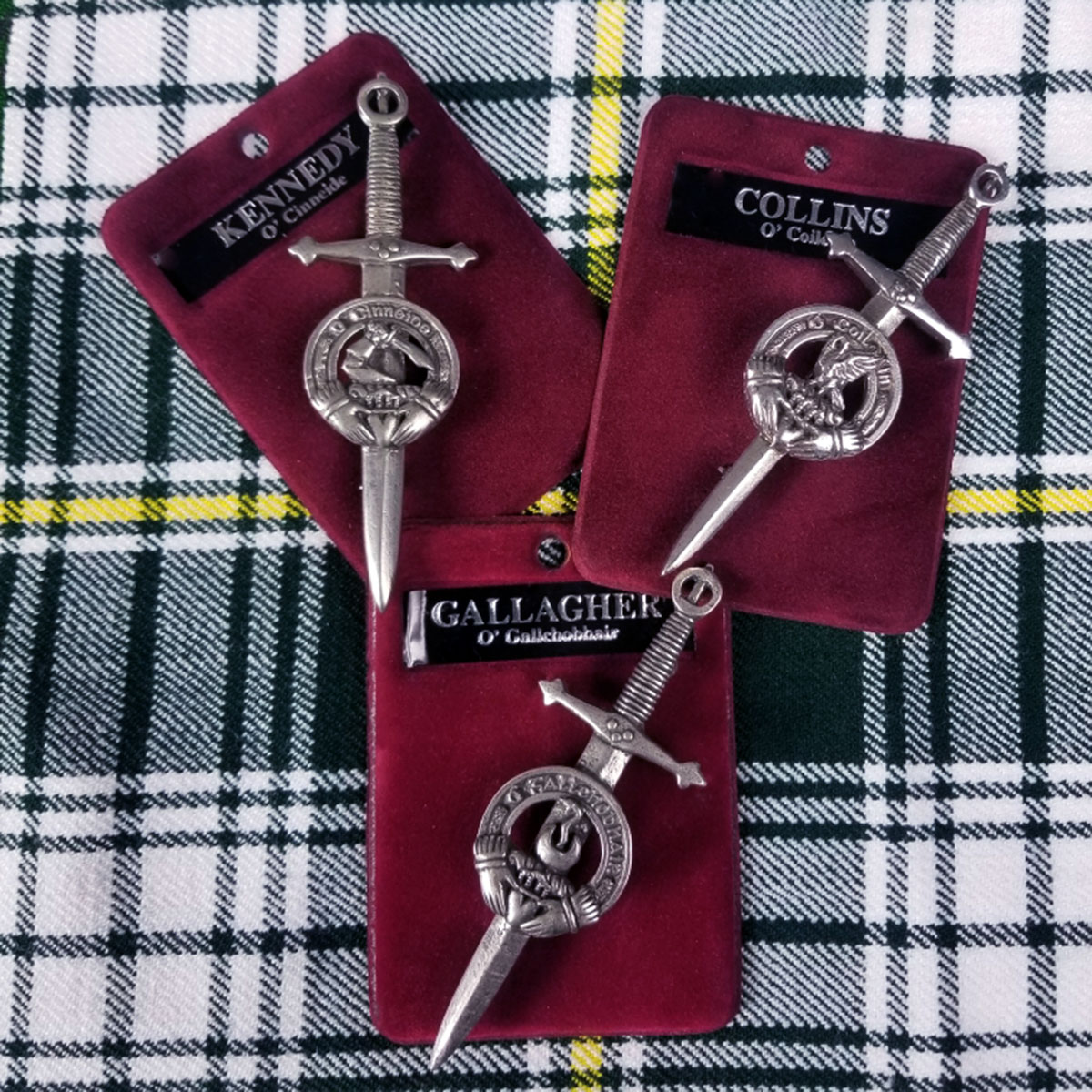Saint Brendan
St. Brendan of Ardfert and Clonfert, known also as Brendan the Voyager, was said to have been born near the present city of Tralee, County Kerry, Ireland, in 484. He belongs to that period in the history of Ireland when Erin was in the “afterglow” of its conversion to Christianity and sent forth its earliest missionaries of the faith to the continent and to the regions of the sea. St. Brendan himself was known for voyaging to Scotland, where he met St. Columba. He traveled to Brittany with Welsh monk, St. Malo, and reportedly stayed at the Welsh monastery Llancarfan. Therefore the legend of his voyage may have grown out of the real travels of Brendan and others.
Between the 512 and 530 he is said to have built several monastic cells at the foot of Brandon Hill. The story says he climbed this steep hill one day and had a vision of a land to the west across the sea before which he interpreted as a vision Tir na nOg, or the Land of Eternal Youth, the Garden of Eden.
This vision inspired Brendan to go on an epic journey lasting 7 years from about 565 to 573. This tale is found in Latin, French, English, Saxon, Flemish, Irish, Welsh, Breton and Scottish Gaelic. The oldest surviving version is the 11th-century Navigatio Brendani.
Some records claim he took with him sixty monks, others say fourteen monks plus 3 non-believers. They built a larger version of a boat called curraghs, that were made from a wooden frame, and leather made from dried ox hides. in which it is claimed he traveled to Iceland, Greenland, and as far as the Americas.
The sights he see include an island with sheep as large as oxen and another where birds talk. A column of crystal they found floating in the ocean, with a hole straight through it and a silver roof overhead . He lands on an island for Easter celebration, which proceeds to sinks and turns out to be a sea monster who kindly returns their cooking pot even though they had started a cooking fire on it’s back. Another island which stank of rotten eggs was the home of giants who threw hot coals at Brendan’s boat. Later a monster came on them and spewed great streams of water into the boat, obliging the men to bail for their lives. Brendan was not able to order the monster to go away, but with luck another creature came along at and killed the first one. In addition, Brendan’s men saw a griffin, which might have done them great harm if a little bird hadn’t come and pecked its eyes out.
A further curiosity is that in 1983 a petroglyph was found in West Virginia that Barry Fell, a professor of invertebrate zoology claimed is a Ogham inscription that he translated as reading “At the time of sunrise, a ray grazes the notch on the left side on Christmas Day, a Feast-day of the Church, the first seven of the [Christian] year, the season of the blessed advent of the Savior, Lord Christ. Behold, He is born of Mary, a woman.” But others have dismissed his interpretation as pseudoscience, “cult archeology,” or possibly a purposeful hoax. Current research suggests that these petroglyphs were the result of Indians sharpening or polishing stone or bone tools by rubbing them against the sandstone and that the ogham translation is mostly wishful thinking.
However, in the tradition of experimental archeology such as the Kon Tiki voyage Tim Severin built a leather-covered boat and over the course of 1976-77 was able to sail from Ireland (with a stopover in Iceland) was able to reach Newfoundland. Proving the trip could have been made — at least if you knew where you were going.
Originally Published October 2011.




